Hummingbirds are known for their vibrant colors, impressive flight abilities, and unique feeding habits. But did you know that there are over 300 different species of hummingbirds? In this article, we’ll explore the fascinating diversity of hummingbird species and take a closer look at some of the different types.
Anatomy of a hummingbird
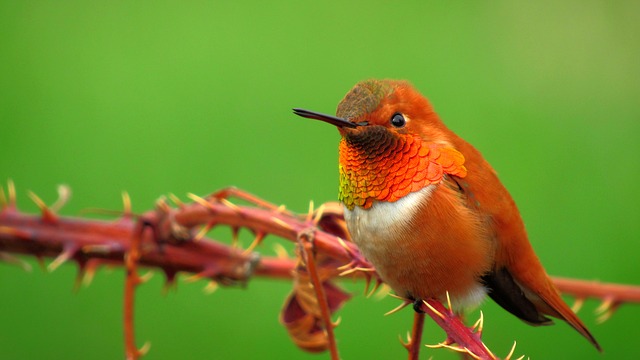
Before we dive into the different types of hummingbirds, let’s first take a closer look at their anatomy. Hummingbirds are incredibly small, with some species weighing as little as 2 grams. They have a unique skeletal structure that allows for their impressive hovering and maneuverability, as well as specialized feathers that provide lift and control during flight.
The different types of hummingbirds
There are many different types of hummingbirds, each with their own unique characteristics and adaptations. Some of the most common types include:
Ruby-throated Hummingbird: found in the eastern United States and known for the male’s vibrant red throat patch.

Anna’s Hummingbird: found on the west coast of North America and known for their iridescent pink and green feathers.
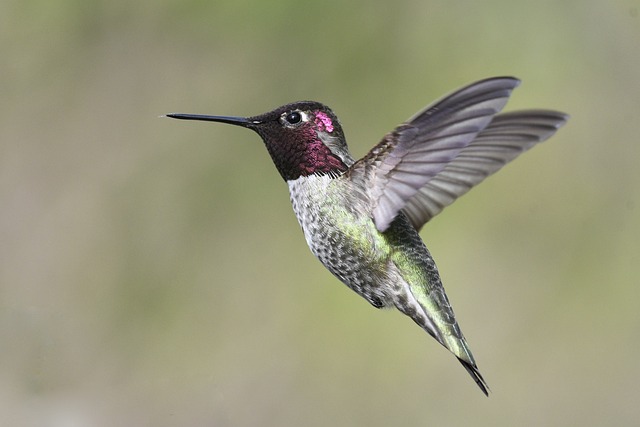
Violet-crowned Hummingbird: found in Mexico and known for their striking violet crown and green body.
Black-chinned Hummingbird: found in western North America and known for their black chin feathers and iridescent purple throat patch.
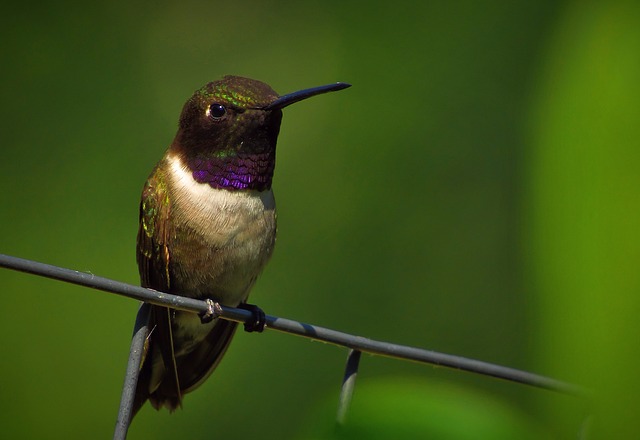
The diversity of hummingbird habitats
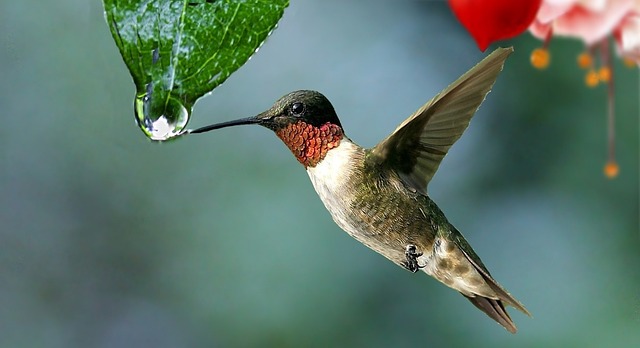
Hummingbirds can be found in a wide range of habitats, from deserts and forests to mountains and coastal regions. Different species have adapted to their specific environments, with some hummingbirds even being able to survive at high altitudes.
The role of hummingbirds in pollination
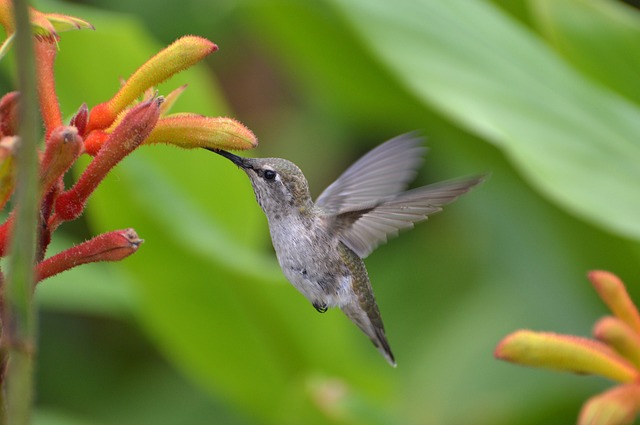
Hummingbirds play a crucial role in pollination, as they are able to access nectar from flowers that other pollinators cannot. Their long, thin beaks and tongues are specially adapted for reaching into the narrow tubes of flowers to extract nectar, and they often inadvertently transfer pollen from flower to flower as they feed.
Conclusion
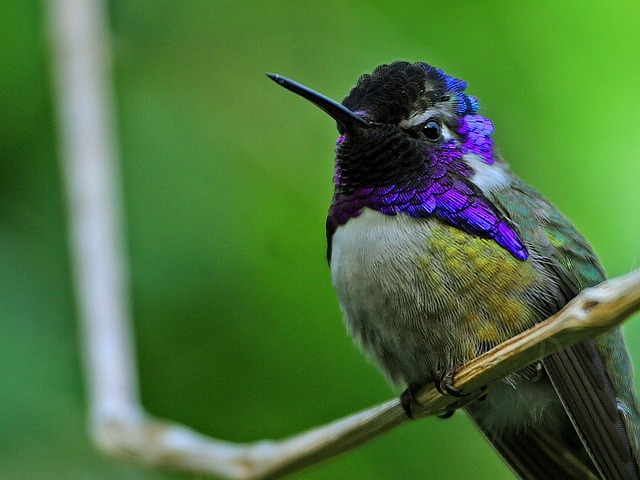
The diversity of hummingbird species is truly remarkable, and each type has its own unique adaptations and characteristics. From their anatomy and flight abilities to their habitat preferences and role in pollination, hummingbirds continue to fascinate scientists and nature lovers alike.

